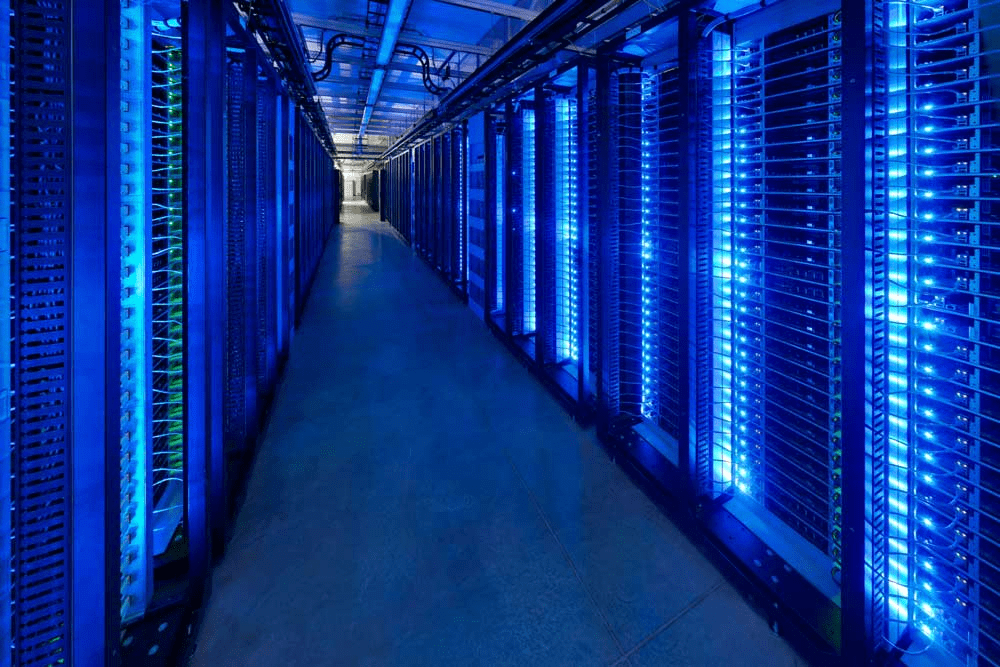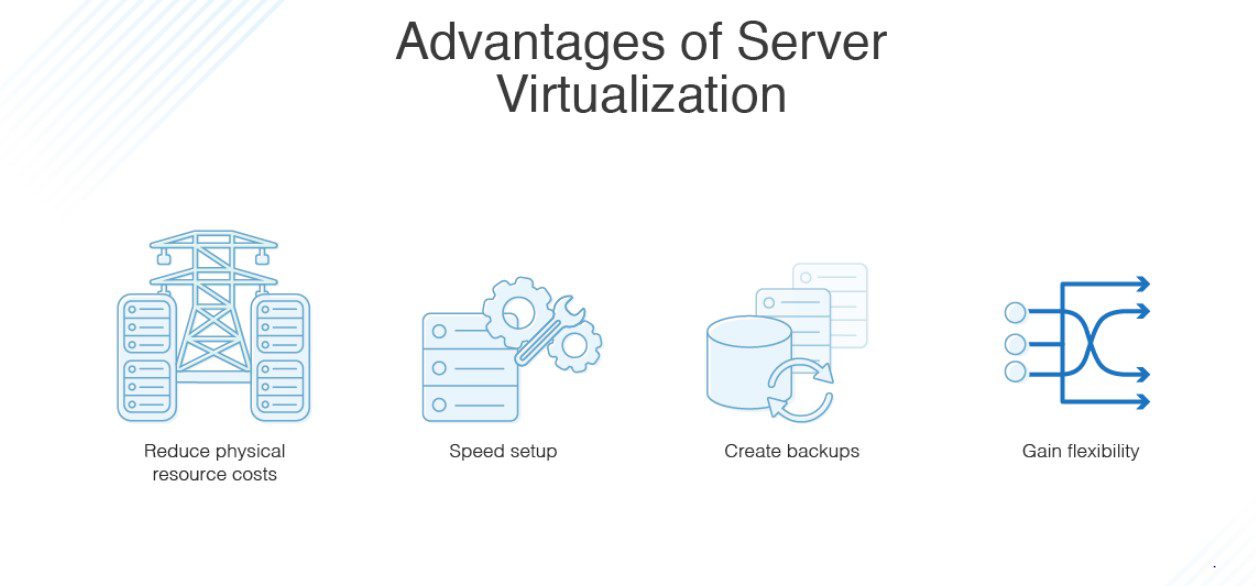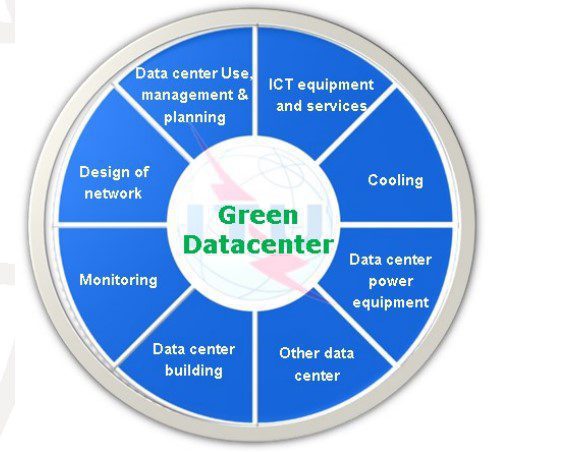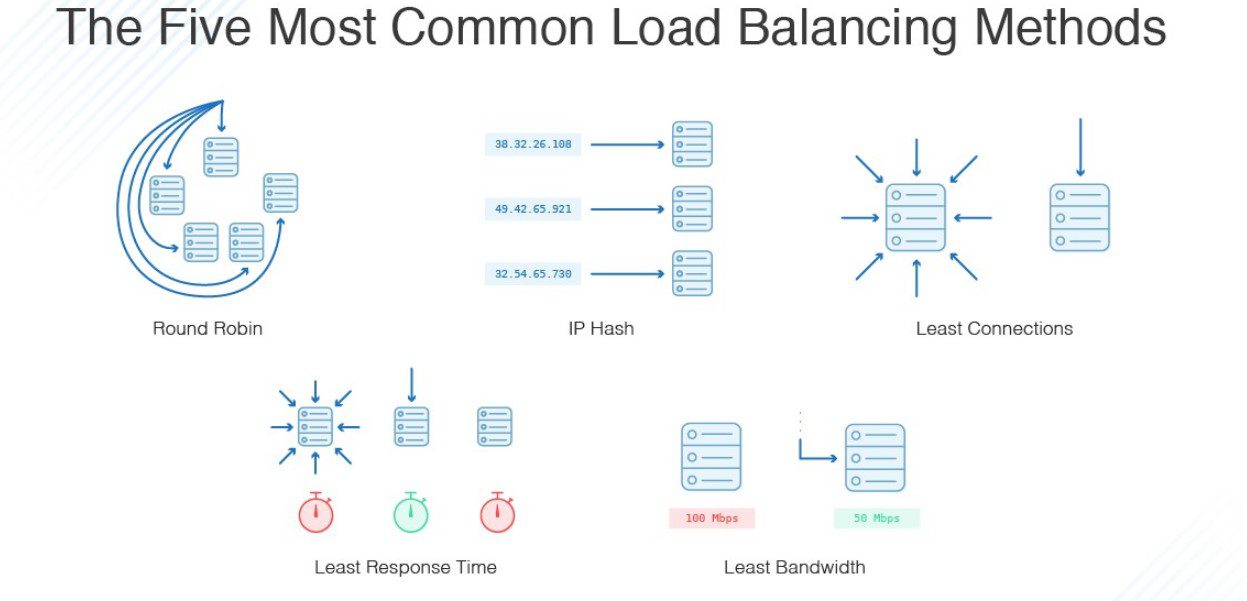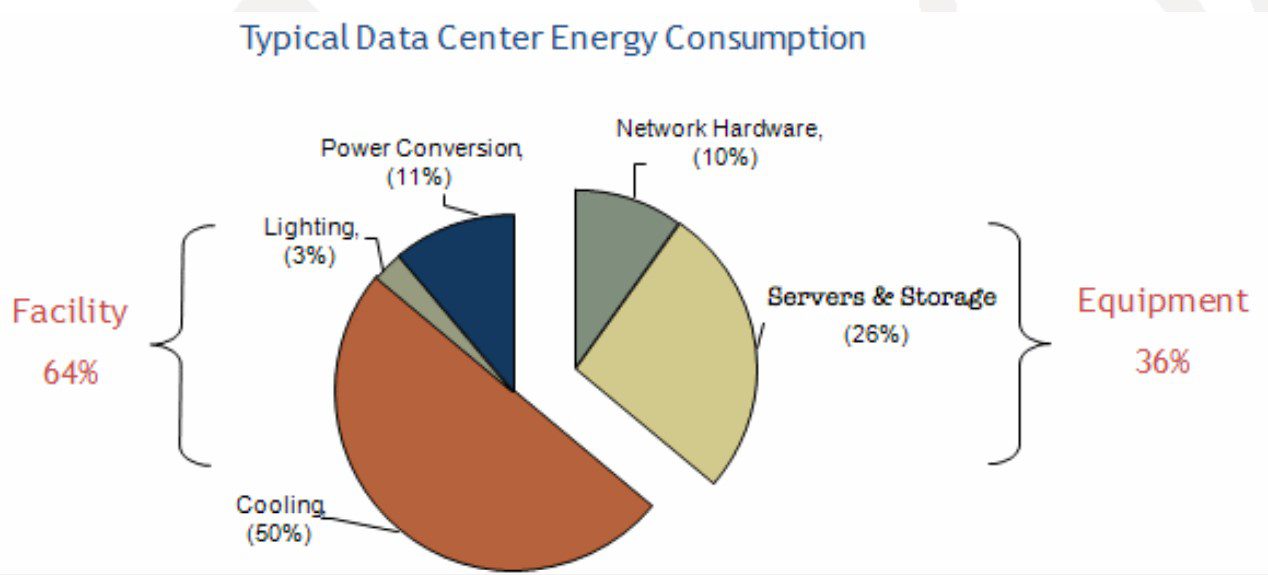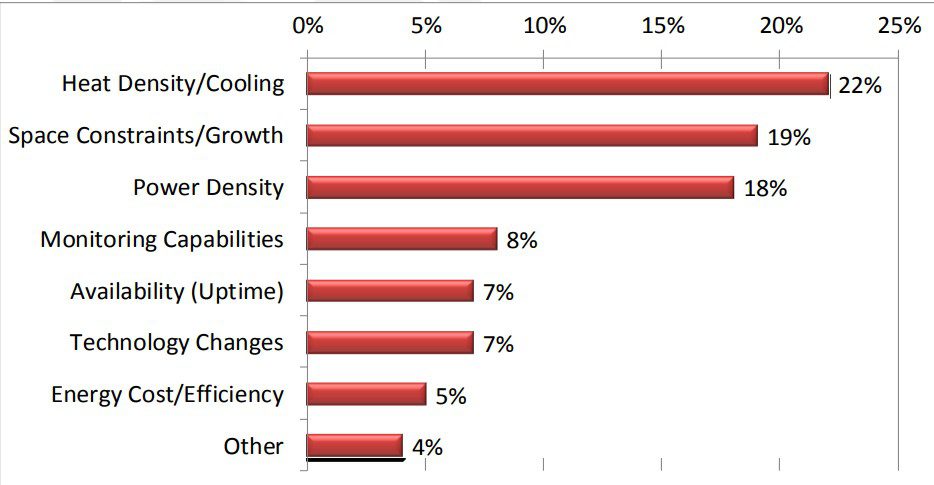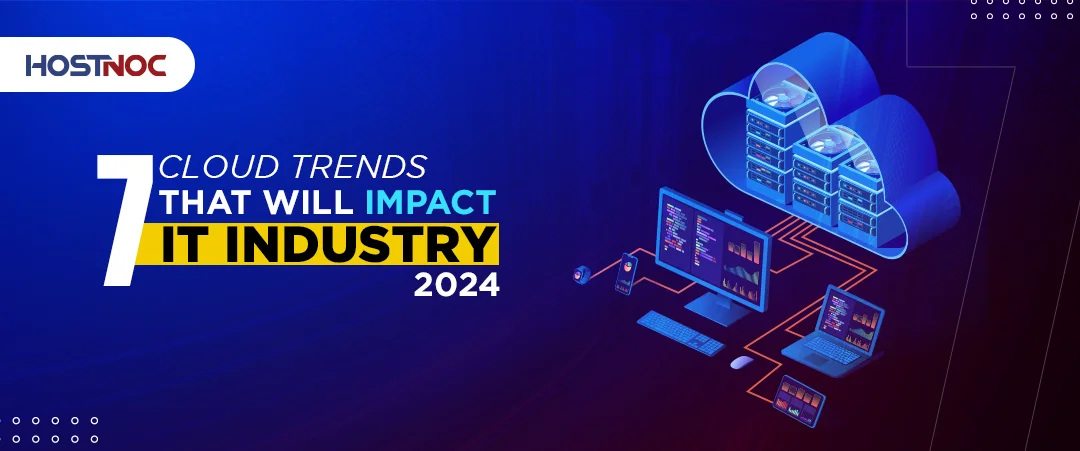7 Ways To Enhance The Efficiency of Your Servers

Complete Guide To Managed WordPress Hosting
September 11, 2023
HDD Dedicated Servers Vs SSD Dedicated Servers: Which One You Should Choose and Why?
October 11, 2023Did you know what is the biggest energy consumer in your data centers? It is your server. A major chunk of your data center energy costs can be saved if you can boost servers and enhance their efficiency. This not only helps you lower your energy bills but also reduce your carbon footprint, enabling your business to achieve its sustainability goals.
The question still remains how can you improve the efficiency of your servers so they consume less electricity and deliver exceptional performance. That is exactly what we are going to discuss in this article. In this article, you will learn about seven ways to enhance the efficiency of your servers.
7 Ways To Enhance The Efficiency of Your Server
Here are seven ways to improve the efficiency of your servers.
1. Server Virtualization:
One of the most popular methods for increasing server efficiency is server virtualization. By consolidating multiple physical servers into a virtual environment, businesses can maximize hardware utilization, reduce power consumption, and minimize the physical space required. Virtualization also provides flexibility in allocating computing resources and enables easy scalability to meet changing demands.
2. Implement Energy-Efficient Hardware:
Upgrading to energy-efficient hardware is another impactful way to enhance server efficiency. Opt for servers and components with high Energy Star ratings or those compliant with similar certifications. Energy-efficient hardware not only reduces power consumption but also generates less heat, leading to lower cooling costs and a smaller environmental footprint.
3. Server Consolidation:
Server consolidation involves combining multiple underutilized servers onto a single, more powerful machine. By eliminating redundant hardware, organizations can optimize resource utilization, reduce maintenance costs, and streamline server management. Through careful planning and workload assessment, server consolidation can effectively increase overall efficiency and simplify infrastructure management.
4. Regular Server Maintenance:
Routine server maintenance is essential for ensuring optimal performance and efficiency. Implement a proactive maintenance schedule that includes regular updates, patch management, and monitoring for hardware faults or errors. Additionally, conduct periodic disk cleanup, defragmentation, and system optimizations to keep the server running smoothly. Proper maintenance minimizes downtime, improves response times, and extends the lifespan of server hardware.
5. Load Balancing:
Load balancing distributes incoming network traffic across multiple servers to prevent any single server from being overwhelmed. By evenly distributing workloads, organizations can avoid resource bottlenecks, maximize server capacity, and enhance overall efficiency. Load balancing also improves fault tolerance, as it allows for seamless failover to backup servers in case of hardware or software failures.
6. Efficient Cooling and Environmental Control:
Server rooms generate significant amounts of heat, which can negatively impact server performance and energy consumption. Implementing efficient cooling mechanisms, such as precision air conditioning systems, can help maintain optimal server temperatures while minimizing energy usage. Additionally, consider environmental factors like humidity and airflow to further improve cooling efficiency and prolong server life.
7. Server Monitoring and Performance Optimization
Server monitoring and performance optimization are vital aspects of effective server management. Server monitoring also plays a significant role in proactive maintenance. It enables the identification of potential issues before they escalate into major problems, minimizing downtime and improving overall server reliability. For instance, monitoring disk I/O can help detect excessive read/write operations, allowing organizations to take preventive actions such as optimizing queries or upgrading storage devices.
Additionally, monitoring network traffic provides insights into bandwidth usage patterns, enabling organizations to identify network bottlenecks or potential security threats. By understanding these patterns, organizations can implement measures like load balancing or firewall rules to server boost network performance and ensure data security.
By analyzing the collected data, organizations gain valuable insights into their server infrastructure. They can identify areas that require improvement and take necessary actions to optimize server performance. For example, if CPU usage consistently reaches high levels, it may indicate a need to redistribute workloads or upgrade hardware.
Similarly, monitoring memory utilization can help detect potential memory leaks or inadequate memory allocation. Fine-tuning server configurations based on performance data is another crucial optimization step. By adjusting settings such as thread pool size, cache configurations, or database connection pool size, organizations can ensure optimal resource utilization and responsiveness.
Robust server monitoring and performance optimization practices empower organizations to proactively manage their server infrastructure. By leveraging real-time data, businesses can make informed decisions, enhance resource allocation, and ensure optimal server performance, leading to improved operational efficiency and customer satisfaction.
Conclusion
In the fiercely competitive business environment, where every second counts, maximizing the efficiency of your servers is paramount. By incorporating the strategies outlined in this article, you can unleash the true potential of your server infrastructure and reap numerous benefits. From improved response times and reduced downtime to enhanced scalability and cost savings, these tactics will empower your business to meet the ever-growing demands of the digital era.
How do you improve the efficiency of your server? Share your process with us in the comments section below.
